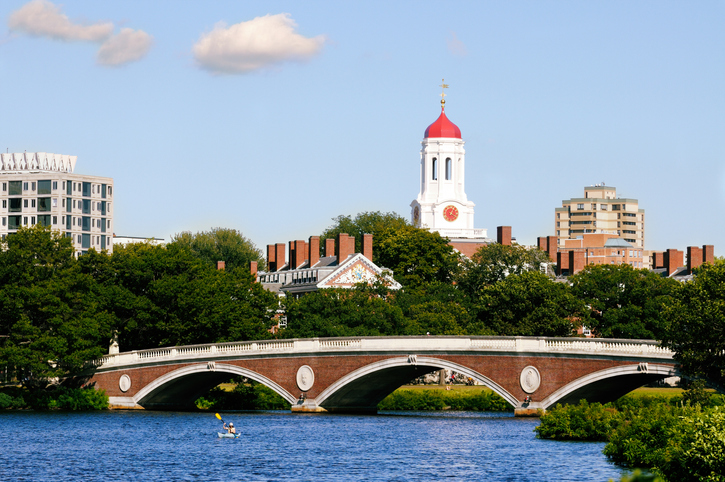
Cambridge Massachusetts, home to Harvard University, , is erecting signs displaying street names in the native language of the Massachusett Tribe are going up. This is a first step in officially recognizing the native people of the region, the Anmoughcawgen.
The idea was conceived by Sage Brook Carbone, a Cambridge resident of Italian and Native ancestry. Sage is a member of the Northern Narragansett Indian Tribe of Rhode Island, and is a descendant of Nipmuc, Massachusett, and Mi’kmaq peoples.
She contacted local authorities after noticing that several names and places in the local Greater Boston area acknowledged her Italian heritage, yet hardly any were dedicated to Native American heritage.
Carbone told GBH news “There are no streets named after Native people in Cambridge,” – “To my knowledge, there are no squares commemorating Indigenous people. There are no distinctive markers of historical nature.”
The state of Massachusetts was the first in the newly formed U.S. nation that colonizers chose to recognize with an Indian name. Massachusett translates to “great hill small place” in the Indigenous Algonquian language spoken by the Massachusett people.
Today, the city of Cambridge sits on land belonging to the Massachusett Tribe. The plan to install street signs in their language intends to recognize the Native people who lived on the land long before European traders and settlers, along with the few descendants who are still residents today. Census figures show that only 0.1% of the city’s residents identify as Native American only. It is believed that the move is the first of its kind in the state.
Sarah Burks, preservation planner at the Cambridge Historical Commission explains ”It’s about visibility and normalizing, seeing Indigenous language in its written form on everyday infrastructure in our urban environment,” – “On street signs, it’s going to be something that will make people stop and think.”
The first signs will be made for streets First to Eighth, with the exception of Fourth Street – which is already dedicated to World War II Pvt. Nicholas Sciarappato, according to city officials.
To translate the street names as accurately as possible, Carbone has been working with members of the Massachusett Tribe at Ponkapoag. “The project is beginning with … translating numerical names of the streets because it’s something that is universally recognized,” she said.
There are hopes for later phases of the project to include the addition of historical markers to significant Indigenous sites, and updates to signs at city properties to include Native languages.
Carbone’s pitch was merged with another, proposing a replacement of historic markers on the existing African American Heritage Trail. The new markers would identify a series of 20 locations around Cambridge, where important figures in the city’s Black history lived and worked. The combined project was approved with a budget of $180,000.
David Shane Lowry, a Cambridge resident and an member of the Lumbee Tribe of North Carolina, says he hopes this effort will be the start of greater recognition of Indigenous peoples. “We always look for small steps because we know, as with a baby, small steps equal eventually to running and, you know, doing all kinds of other big stuff.”
He added “…we as the colonial enterprise called Cambridge … continue to correct our presence by continuing to not only rename but to situate American Indian, Native American people in the center of what we do.”
Carbone explained, part of the goal of the signage project is to elevate Native American visibility. “We all have a right to see ourselves in the places that we live,” she said.
She hopes to bring awareness to the way in which history is told – who is included, and who has been excluded.
“The bigger purpose,” she said, “is really just to have people think more about what the signs are around them. You know, what do these things say? Who decided what they say?”







